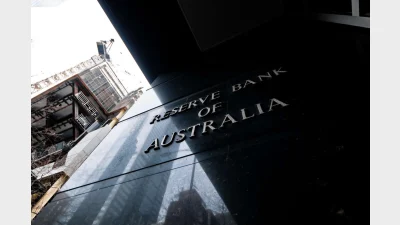Aware Super constrained benchmark reduces carbon footprint by 40%



Aware Super’s new listed equities benchmarks have seen a 40% reduction in carbon emissions by excluding the highest carbon emitter both locally and globally.
The constrained benchmarks, launched in October, were part of the fund’s plans to reduce emissions from its listed equities portfolio by a minimum of 30% by 2023.
Aware Super chief investment officer, Damian Graham, said the benchmarks was a way the fund was ensuring it could deliver strong sustainable returns for its members.
“We know that globally the top 60 emitters are responsible for more than 50% of the greenhouse gas emissions of share market-listed companies. Removing some of these companies from our benchmarks enables us to lower the carbon footprint of our portfolio, with only a modest change to our investment mix,” he said.
“… While many factors can contribute to the performance of companies and sectors, it is notable that the highest Australian listed carbon emitters excluded from Aware Super’s carbon constrained benchmarks returned 7% pa over the past 20 years compared to an 8.5% return for the Australian Securities Exchange overall.”
Graham noted that exclusion from the benchmark was not necessarily permanent.
“They are dynamic benchmarks, which means we will assess the carbon intensity of each listed company regularly to ensure that we continue to deliver for our members in terms of returns, while supporting our goal to reach net zero emissions by 2050,” he said.
Recommended for you
Dan Farmer, chief investment officer of MLC Asset Management, has detailed how its super fund allocations have evolved and whether the fund will consider investing in bitcoin.
Australia’s superannuation capital has been positioned to play a larger role in south-east Asia’s economic development under a new government-backed deal.
Superannuation funds have become the dominant force behind Australia’s private markets boom, fuelling unprecedented growth and reshaping manager operations.
Reserve Bank governor Michele Bullock has said the central bank sees private demand picking up over the next year, taking over from public demand.









